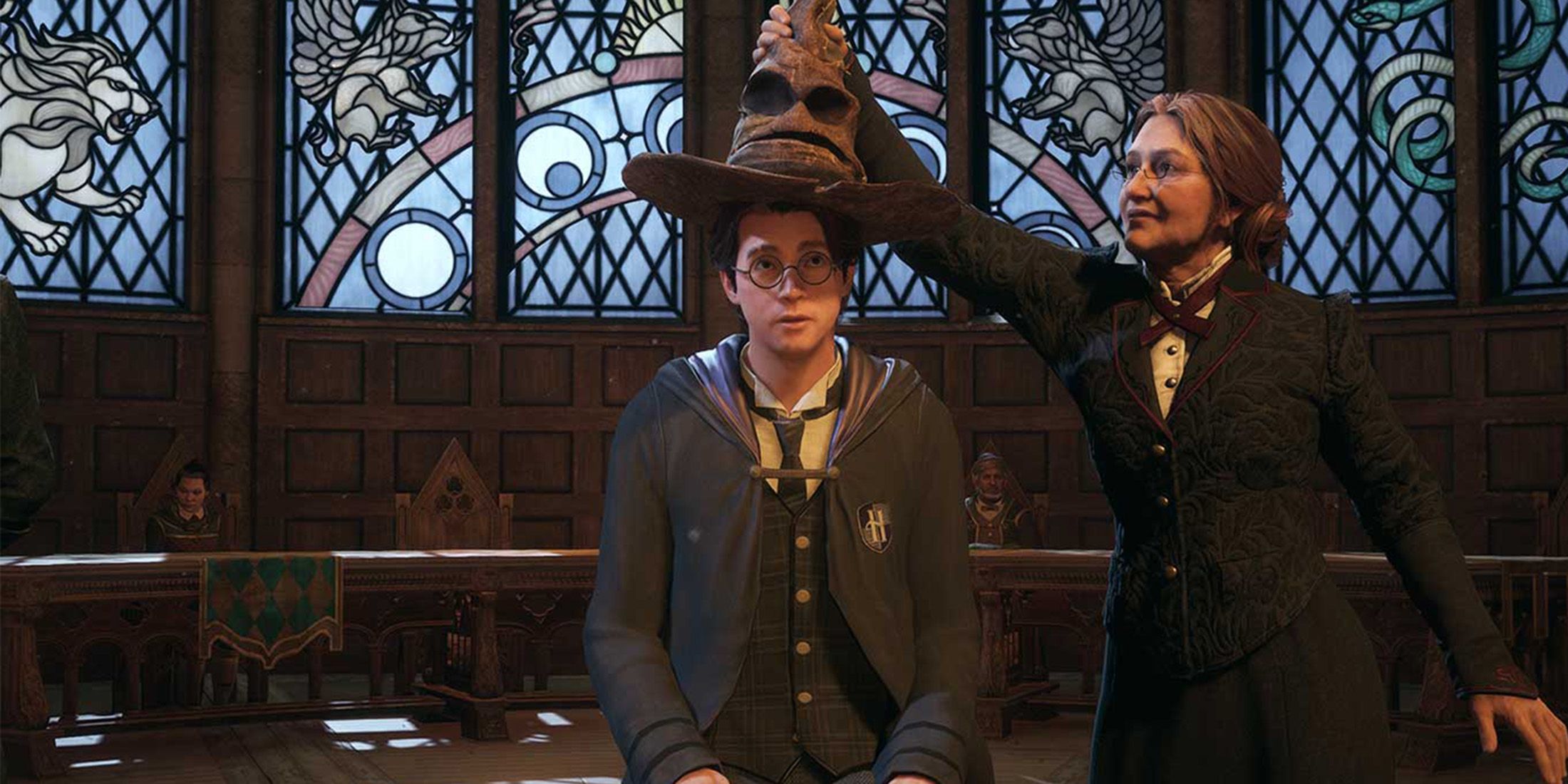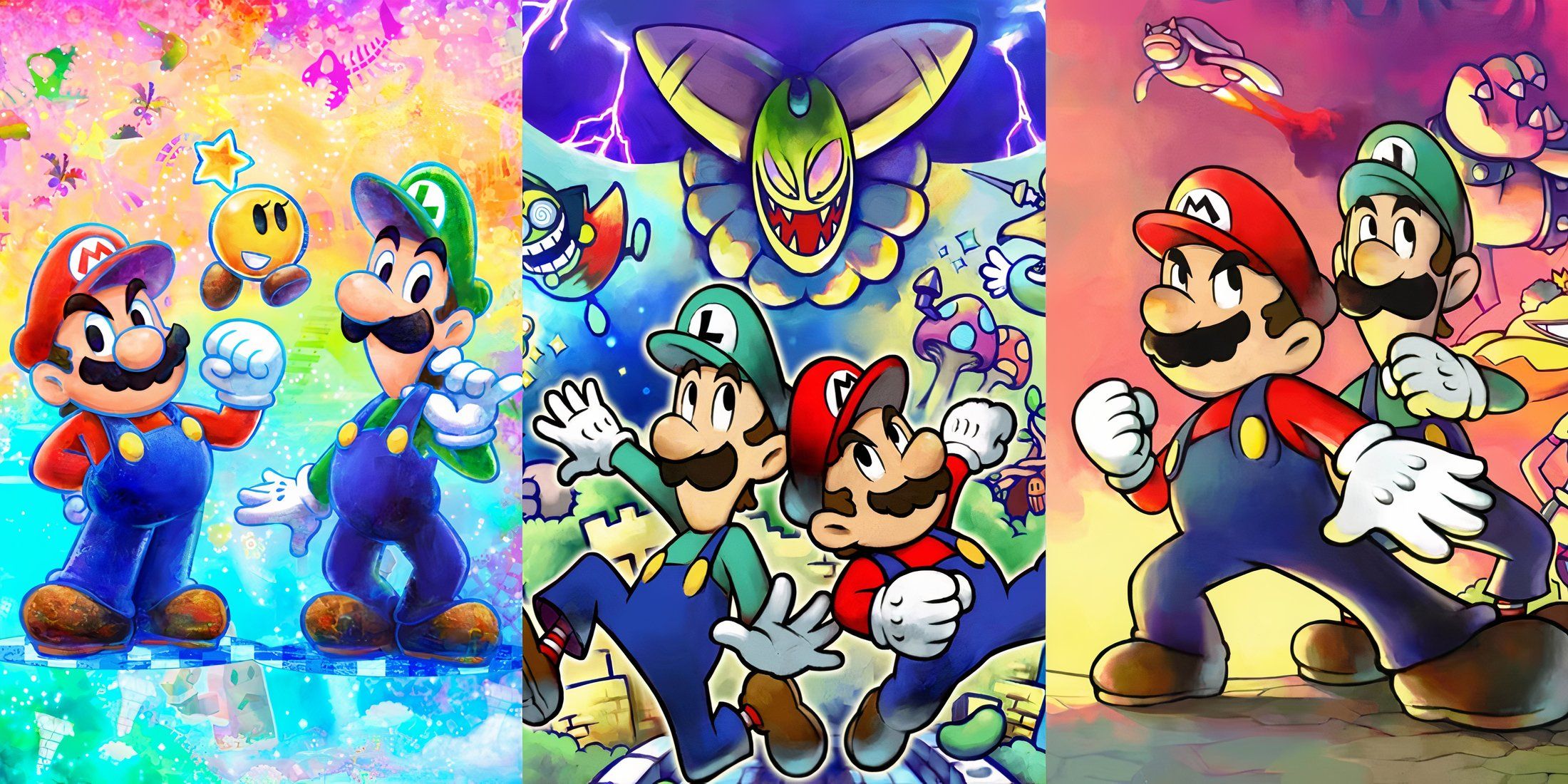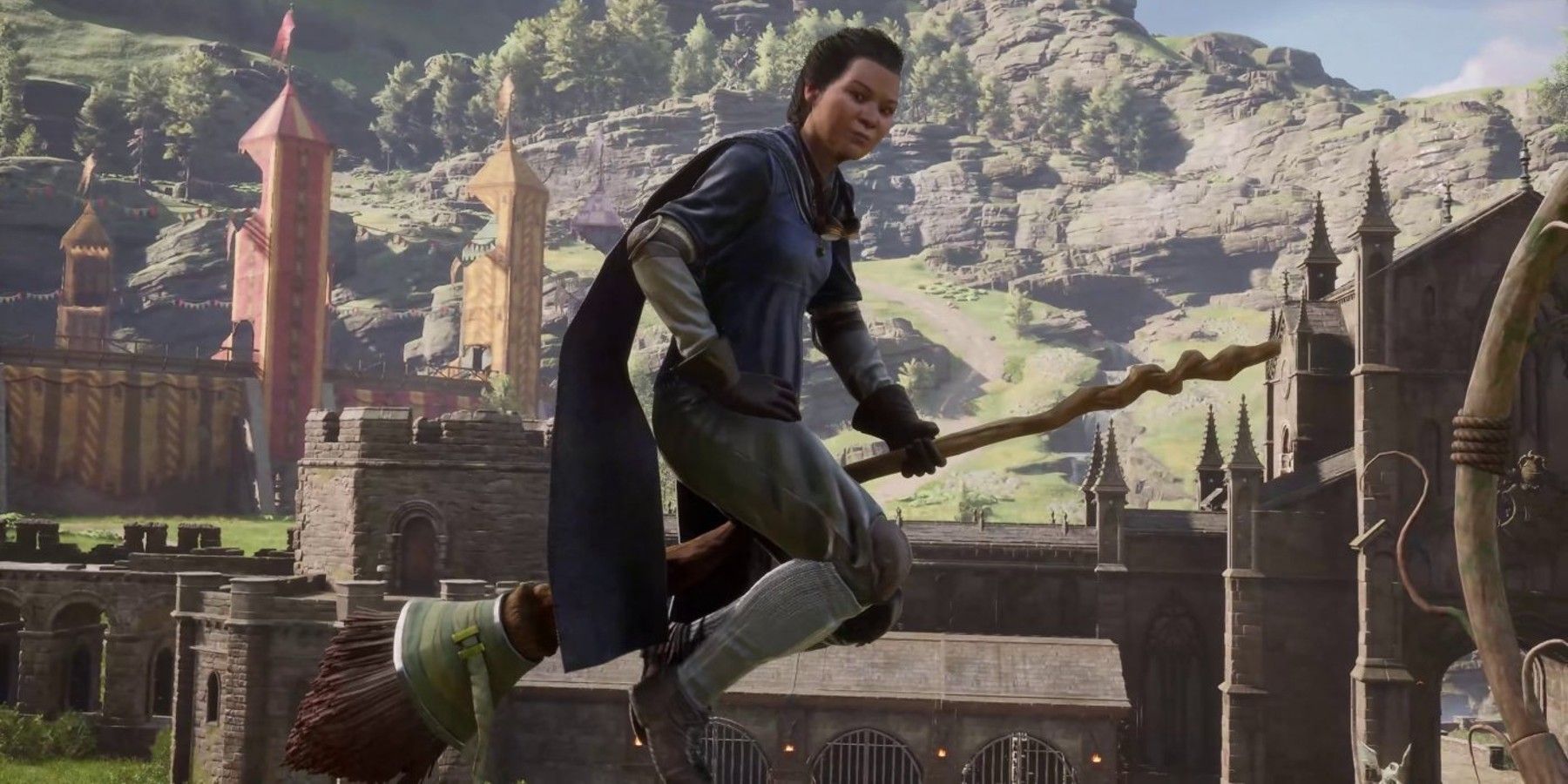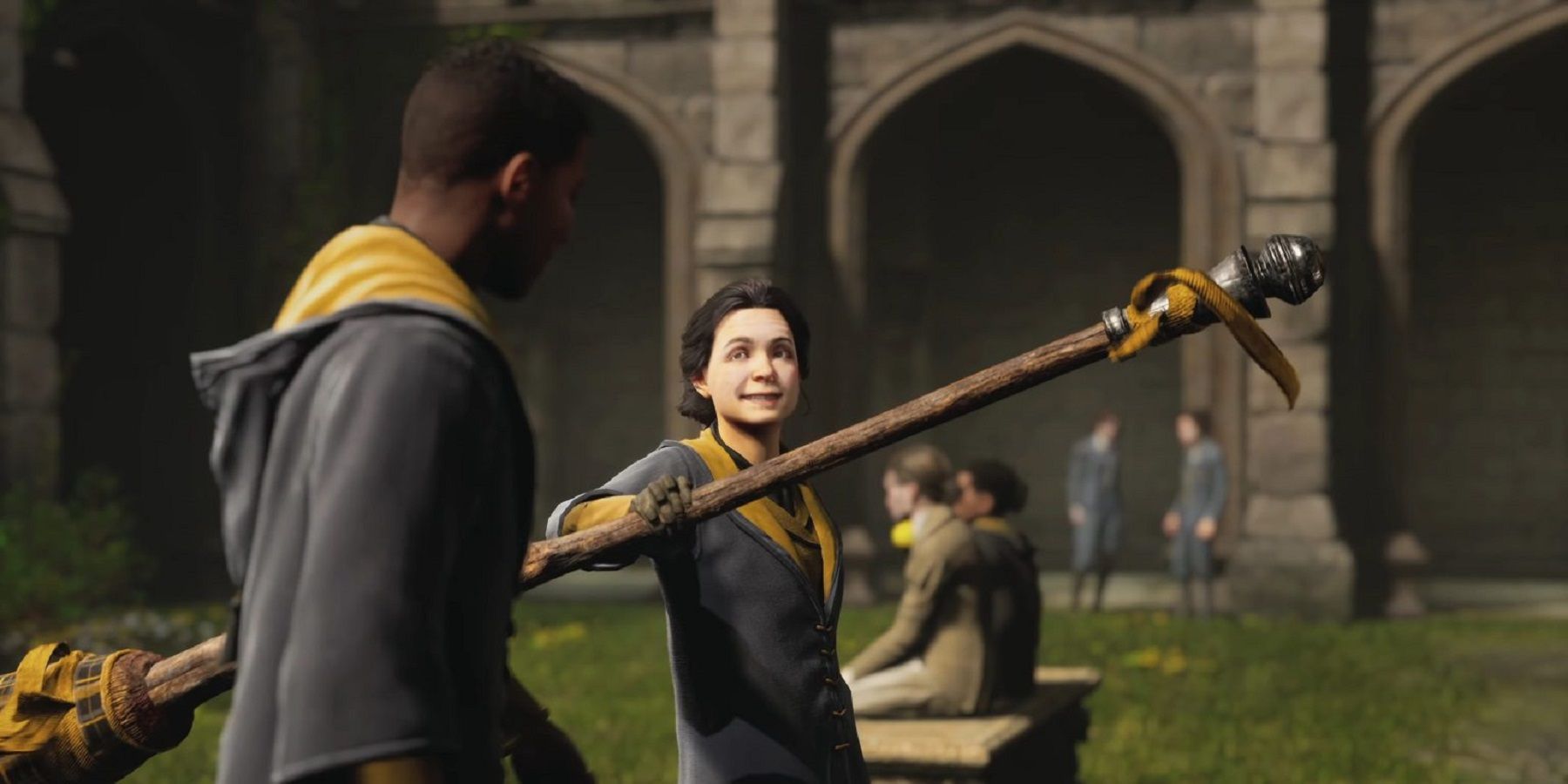With a 2022 release date in place, fans will finally get to play the long-awaited Hogwarts Legacy this year. Fans are sure to see a slew of new trailers over the next few months, showing more plot details and gameplay. That being said, based on the few Hogwarts Legacy trailers released so far, it does seem the game is shaping up nicely, bringing a variety of mechanics that seek to capture the magic of the Wizarding World.
Along with a range of destructive and defensive spells, creating a sanctuary in the Room of Requirement, and facing off against some of the series' iconic magical beasts, Hogwarts Legacy will also allow players to ride on their own broomstick. While players may not to use their broom in a game of Quidditch, they will be able to take to the skies and participate in Broom Races, as well as use them to traverse the open-world. As with all things in the Harry Potter universe, there's a rich history of lore behind these Broomstick Races.
The History of Broomstick Magic
Despite having the ability to transfigure inanimate objects into living beings, grow plants in a matter of seconds, and even stop someone's heart, the Wizarding World has never included a spell that allows people to fly on their own. The closest the Wizarding World ever gets to flying is with its Animagi population, who are able to transform into animals at will.
The Wizarding World instead turned its attention to charming objects in order to achieve flight. To remain hidden from the human population, Wizards and Witches decided that everyday objects were the perfect item to charm, blending in naturally within a household setting. The everyday broomstick was the ideal choice, being easily portable and cheap.
European Witches were the first in the Wizarding society to use brooms as vehicles for flight, with detailed descriptions of the experience dating all the way back to the year 962. These descriptions make it clear that prototype brooms were not comfortable use, nor were they particularly effective, having little to no aerodynamic qualities.
In 1107, Scottish Wizard Guthrie Lochrin once again described the discomfort of riding a broom, even for a short duration, proving that no technological advancements had taken place. To make matters worse, the charms that Wizards and Witches were using on brooms at the time were also incredibly simple, not allowing for smooth movement once in the air. As time went on, and broomstick magic became mainstream, Wizarding families would begin to construct their own brooms that better suited the user. By the late 12th Century, broom-making had become a sought-after skill, and many Wizards decided to turn this into a trade.
It would take another 700 years before brooms would reach the level of quality and efficiency allowing them to be used for racing, though some Wizards did try over the years. In 1820, Elliot Smethwyck invented the Cushioning Charm, which became a necessity for broomstick riding. Despite broomstick riding becoming a nearly universal method of travel, it was still the case that brooms were made by craftsmen on an individual basis.
In 1926, the Cleansweep Broom Company was founded, and the first racing broom was invented. Named the Cleansweep One, this broom was also the first to be produced on a mass scale, becoming a global hit. From then on, the Wizarding World started to see more broom manufacturers crop up, such as the Comet Trading Company and the Nimbus Racing Broom Company.
With every household being able to afford a broom, broomstick-based activities began to reach the mainstream, with games like Quidditch becoming one of the Wizarding World's most popular sports. Broomstick racing was also a popular pastime, and as the hobby grew in popularity, so did the demand for faster brooms. Eventually, this lead the top broomstick manufacturers to creating brooms that handled better, and were more reliable at faster speeds, leading to products such as the Nimbus 2000.
Hogwarts Legacy is expected to release in late 2022 on PC, PS4, PS5, Switch, Xbox One, and Xbox Series X/S.





